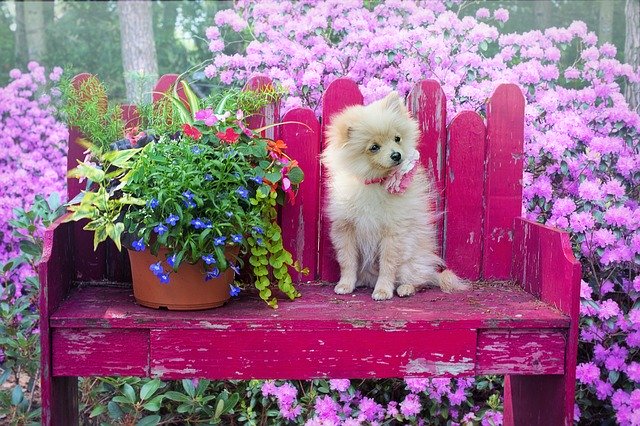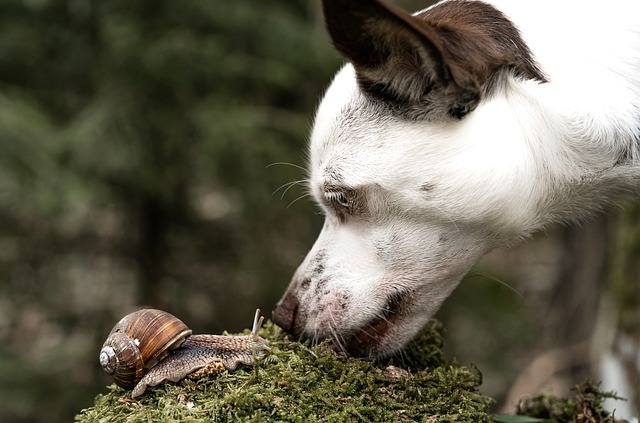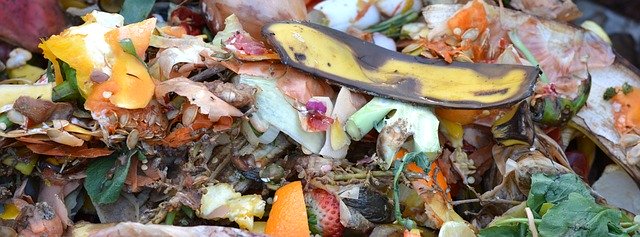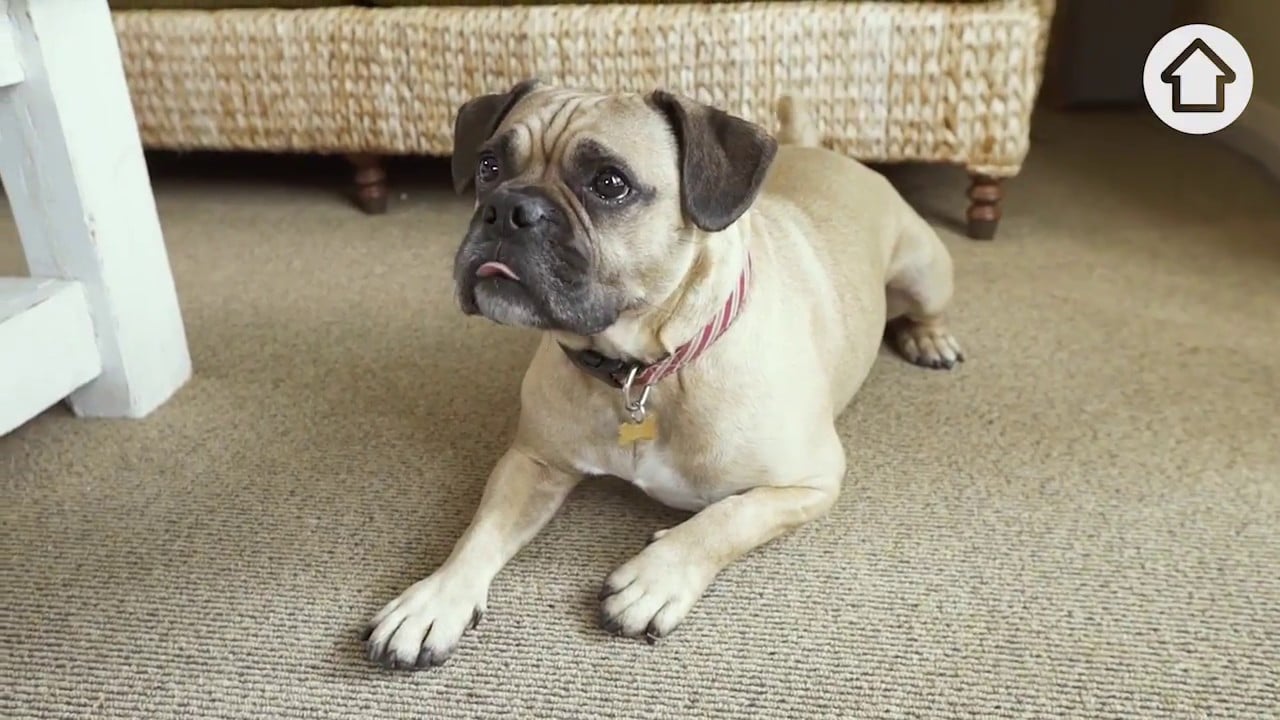Estimated reading time: 9 minutes

- If you have a dog, chances are you have a garden or an outside area where you want him to play and have fun.
- Do you sometimes despair at the thought of being able to maintain a beautiful garden while at the same time keeping your Dog happy?
- It’s essential to keep your Dog safe in your garden – whether the risk is from plants, tools or garden chemicals.
Making your garden a dog-friendly haven shouldn’t be too taxing. It’s all about making it a fun and exciting place for your Dog to play, relax and explore. This should also prevent them from digging up your flower beds, meaning you can relax and enjoy your time outdoors together.
However, you may need to change the garden like you had to puppy-proof your house. Certain plants can be toxic to dogs if eaten and are best avoided. In the same way, garden tools (many sharp) are dangerous to children. This is the case with dogs.
It is important to remember that young dogs are explorers, so safety measures must be taken to ensure you have a pet-friendly garden and avoid expensive vet trips.
The sooner you begin training your pup, the better. As soon as you introduce him to your new home and garden, so he understands which parts are out of limits. It’s not a good idea to leave your Dog alone in the garden, especially for any length of time, as they may become bored and discover ways to keep themselves amused – by digging up your favourite plants!
Try and avoid these Toxic plants for a Dog-Friendly Garden
We all love to see a garden in bloom with plants. The bad news is that quite a few plants need to be avoided, such as Daffodils (The whole plant), Hydrangeas, Tulip bulbs, and Lupins – the complete list from Dog Trust can be found on the Dog Trust site.
Some breeds like to dig and eat plants (not all dogs do, as mine don’t take any notice). You may wish to dig them up and plant them in lovely pots and containers out of the dogs’ reach.
As a precautionary measure, I would suggest doing this in any event, as it is better to be safe than sorry
If you suspect your Dog has eaten something he shouldn’t have, put the offending article in a bag and go straight to the vet. If possible, call the vet on the route and explain.
Keep it Dog friendly, and Try container gardening.
Plant your favourite vegetables and flowers in raised beds or containers if all attempts to prevent your puppy from digging up the flower beds fail. Most plants will grow and do well in these, where it’s less probable doggy paws will trample them.
Ensuring your garden is secure.
As previously mentioned, dogs love to explore, and to them, there is a wide world of excitement that our new furry friends want to explore. Therefore, it is important that fences are high (6ft) and gates are secure. Remember that certain breeds will soon work out they can climb up onto objects, giving them some extra height advantage.
The other thing to keep in mind is digging. Is your Dog a digger? If so, it is important to make sure that you install a mesh base at least 2 feet underground.
You may wish to install a trellis on top and a high fence to stop your Dog from escaping. This provides further security if any potential dog thieves want to try to steal your Dog, especially its pedigrees.
Dog theft from gardens (and outside shops( is massive, with around 60 dogs being stolen every week, A large percentage of them being from gardens
Snails, Slugs and puppy dog tails

Most gardens will contain snails and slugs, which are a big risk to dogs.
These slimy animals can potentially lead to lungworms if the dogs eat them. The lungworm will cause heart and breathing problems in dogs, potentially fatal.
How can I tell if my Dog has lungworm?
Symptoms include
- Breathing problems
- Tired and lethargic
- Coughing
- Bleeding for longer after a minor scrape or cut
- Abnormal blood clotting
Your Dog must always be supervised in the garden, especially when they are young. This, hopefully, will prevent him from getting into trouble. If you see any slugs or snails, remove them from the garden and either relocate them away from your house or dispose of them. Keeping the slugs and snails down could be a lifesaver.
If your Dog has toys and water bowls in the garden, make sure you bring them in at night and clean them to help prevent them from catching anything.
Speaking to your vet about lungworm prevention when you discuss flea treatment is also a good idea.
Dogs like shade
If your Dog is a real outdoor dog like my collie, they will spend a lot of time in the garden. As a result, it is important to provide them with protection from the sun and rain, such as an umbrella or a gazebo.
Some dogs won’t even go out in the garden for a wee if it is raining, so consider some temporary shelter covering an area of the garden for them to use
Avoid harmful pesticides and chemicals.
When creating a dog-friendly garden, it is important to avoid (as much as possible harmful chemicals. These include things like slug pellets, pesticide spray on the roses, etc.
When choosing slug pellets, look for pet-friendly organic slug pellets and insect killers.
You could also consider homemade options, such as adding garlic and chilli to washing-up liquid and spraying the plants. The smell and taste will repel slugs and insects.
If you have a garden pond, this will be considered a large water bowl for your dog. Therefore, it is vital that you don’t put any dangerous chemicals in the pond.
Use dog-friendly mulch in the garden.
Come autumn, many people put mulch down to help protect from frost. Before mulching, check what it contains. Some of it has pine needles to help the garden smell sweaty, but these small spiky needle-type things can potentially cause problems for dogs’ paws.
Some mulch is made from cocoa beans. This is a dangerous ingredient in chocolate and contains high traces of theobromine. Unfortunately, the only possible chance of surviving is for vets to induce vomiting to get as much out of the system,
The best type of mulch to use is probably leaf and bark mulch. However, be careful of choking hazards.
A tidy garden is a safer garden and more Dog friendly
As previously mentioned, garden tools can potentially be a hazard. Ensure they are all tidied away after using them, ideally in a locked shed.
That way, when they are running around and playing fetch, they won’t be able to accidentally run into them, which could result in an expensive vet trip.
If you enjoy BBQs, remember that they come with their own dangers, and it is important to tidy everything away as soon as possible.
Lock up those tools.
It is important to keep the shed locked. Most people generally have garden tools, paints, chemicals, slug pellets, etc., in the shed. As a result, this is a great place for a curious dog, so please keep it locked at all times so your Dog cannot get into trouble.
Sheds can also provide suitable tools and ladders for burglars to help break in, so another good reason to keep it locked *and maybe alarmed)
BBQ and dogs
We have an entire blog post on the dangers of BBQ. But a quick summary is to ensure that dogs are well supervised and guests are well briefed about leaving drunks around unattended and cooked bones, etc., along with the BBQ itself, which will be hot and cause severe burns to noses and possibly paws.
Choose hardy grasses for your lawn.
Just because you have a dog doesn’t mean that your dog-friendly garden can’t have a lush, green lawn. It’s a fantastic area to sit and play with them and for them to roll and relax. Hardy types of lawn seed make the best choice, such as self-repairing grasses, which are your best options. Your lawn can suffer deathly consequences if you allow your Dog to pee on well-tended grass, leaving brown urine-scorched circles. A handy tip worth trying is adding two dessert spoonfuls of tomato juice to your Dog’s food dish daily. The balance of nitrates is changed, making the urine less harmful on the lawn.
Protect the newly seeded area of the lawn.
If you’re planning on reseeding any part of your lawn, ensure it is fenced off so your Dog cannot access it. Use some fencing pose and chicken wire.
The grass seeds can get caught in the paw and be painful.
Designated Paths
Dogs usually take the same paths around the garden, so observe the paths they walk and create furry-friendly paths using paving or mulch so your Dog knows where he can roam freely, and it won’t impede any garden designs you have either.
Secure your compost bin.

More and more councils are encouraging recycling and composting, which is great. However, remember that composts can potentially contain toxic pants to dogs and human food that can also be dangerous such as onions, garlic, mushrooms etc. and will create a nice smell. It is important to remember that dogs smell is 1000 times better than humans. It may contain other Toxic foods for dogs.
To keep your dog safe in your new dog-friendly garden, ensure they can’t access the compost heap.
Every Dog-Friendly Garden needs a relaxing area.
All dogs love to dig for bones and toys, so try to encourage him to dig in his area; this will hopefully detract him from digging in your flower beds. Prepare an area separate from your garden, and cover it with bark chippings or mulch. Let your pet see you burying some of his favourite toys and hide a few he doesn’t know about. Then, he should sit back and watch the fun he has excavating them when he realises this area is for his fun and enjoyment.
A kiddie paddling pool filled with water will entertain him for hours and help him stay cool on hot summer days. All dogs, especially larger breeds, need mental and physical stimulation daily, so allow playtime or long walks.
You may also be interested in the following articles

